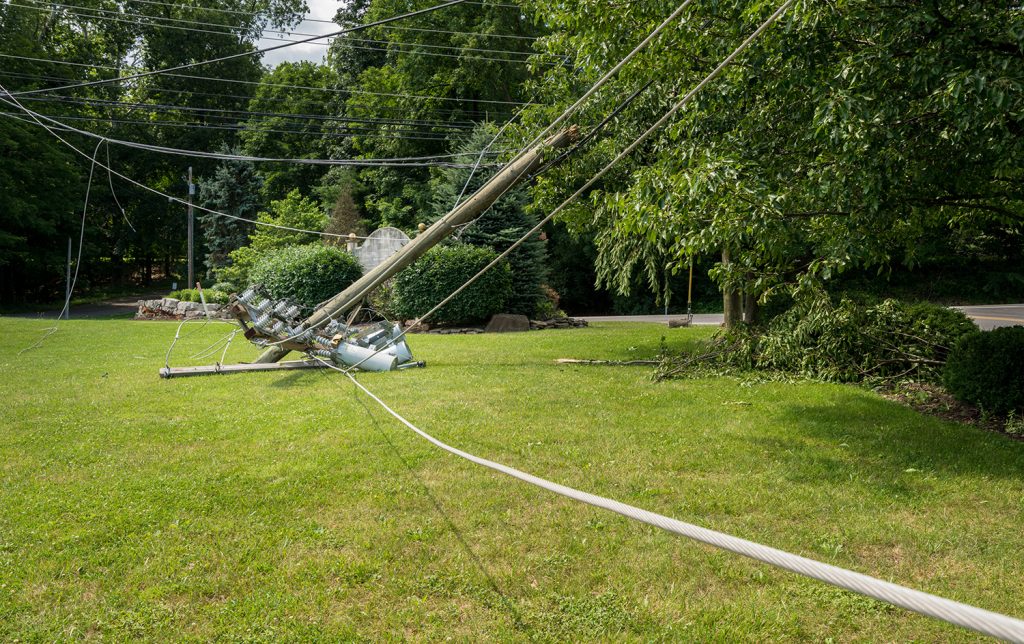
When a major storm causes widespread damage, electricity cannot be restored with the flip of a switch. Here’s how it’s done methodically, efficiently and safely.
Every electric cooperative follows a basic principle when it comes to restoring power: priority is given to the lines that get the most back in service the quickest. Here’s a basic order of repair:
- Transmission lines. These high voltage lines carry electricity from generating plants to substations (or between substations). Since tens of thousands of people could be served by one transmission line, damage here needs to be taken care of first.
- Substations. These electrical facilities contain equipment that switch or regulate the voltage of electricity. They lower the voltage from the transmission lines so the electricity can be transmitted through the distribution lines. Problems here can affect thousands of consumers.
- Main distribution lines. You see these along roadways. They carry electricity from the substations to groups of consumers, like towns or housing developments.
- Tap lines. These lines run from the main distribution lines to utility poles and underground transformers outside houses or buildings.
- Individual service. These lines run from the transformer on the pole along the road, street or underground box to the consumer’s electric meter on the side of the home or business.



